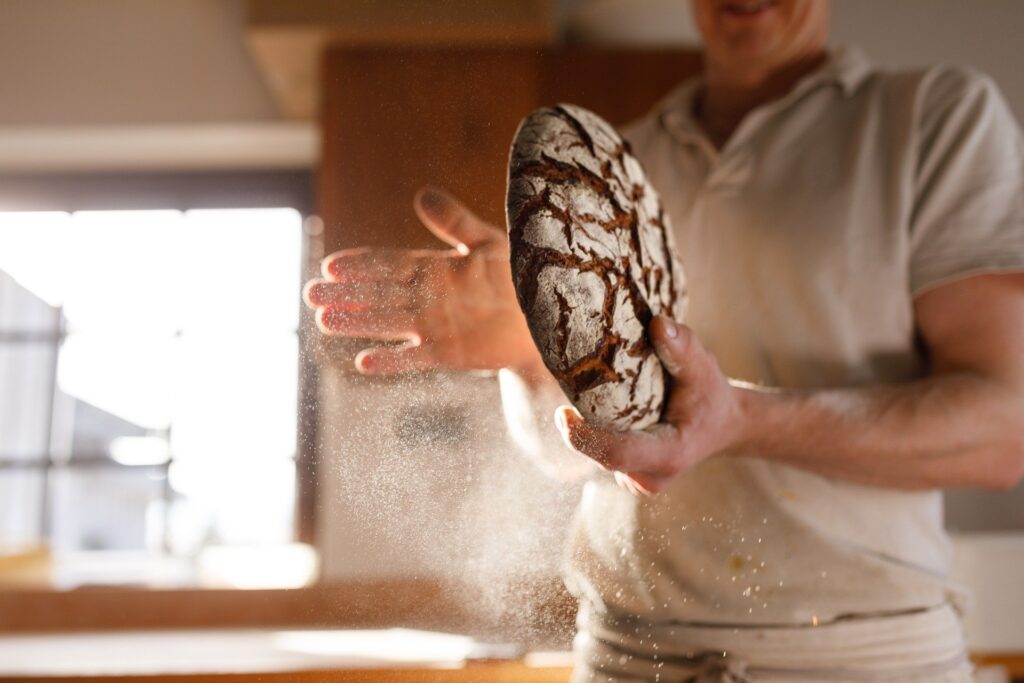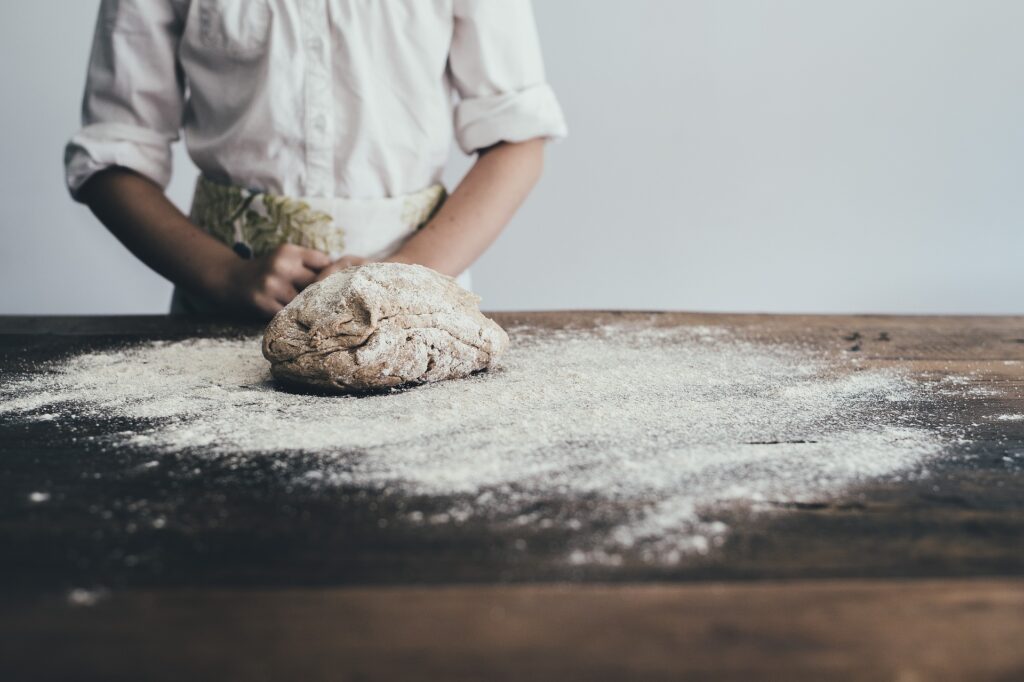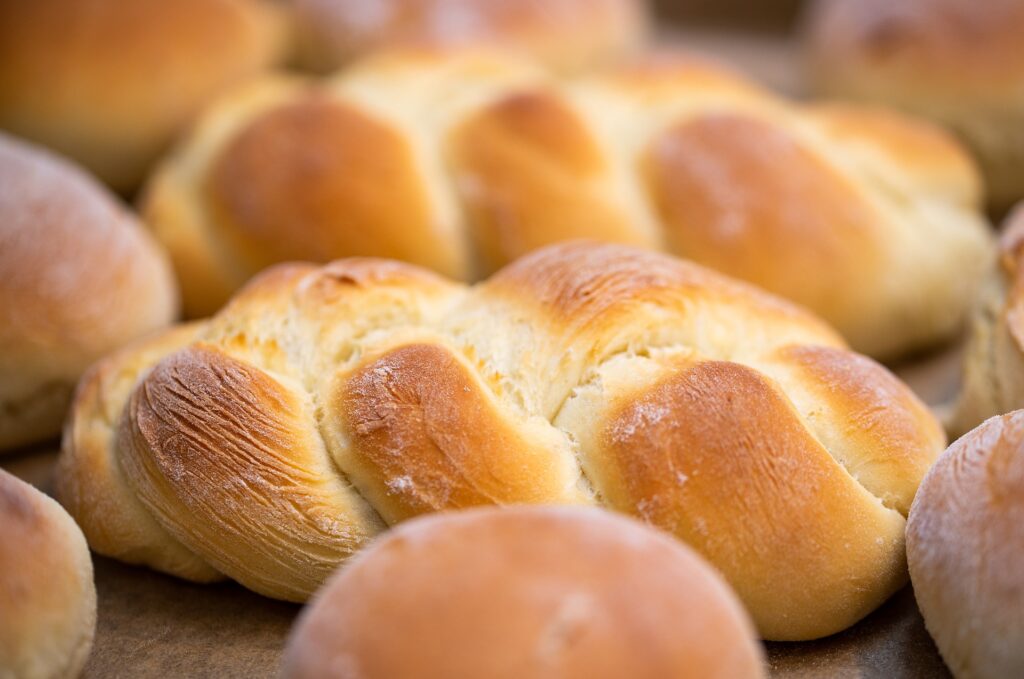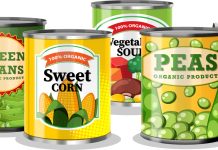 Improvers, adjuvants, flours and malt extracts, to improve the texture, softness and taste of bakery goods. These innovative ingredients allow industry operators to optimize their time, improve recipes, perfect the success of the final product, always keeping up with market trends.
Improvers, adjuvants, flours and malt extracts, to improve the texture, softness and taste of bakery goods. These innovative ingredients allow industry operators to optimize their time, improve recipes, perfect the success of the final product, always keeping up with market trends.
Quality ingredients, Italian raw materials, attention to nutritional values and health are some of the market trends that the bakery industry is riding. Products made from sourdough, antique cereals, organic and gluten-free products help to diversify the range of bakery products and are increasingly appreciated by consumers.
There are many companies on the market that offer the professionals of the white art complete lines of ingredients able to help modern bakers to excel in their work, satisfying consumers looking for more and more diverse products, corresponding to their tastes and needs. These lines of ingredients allow industry operators to optimize their time, improve recipes and the final product, always keeping up with market trends.
We are talking about improvers, adjuvants, enzymes, flours and malt extracts, able to improve the texture, softness and taste of baked goods. Bakers demand that these innovative ingredients be able to improve the workability of the dough with repeatable results over time, ensure constant fermentation, give more volume, increase the softness of the dough and maintain freshness, without sacrificing taste, aroma and colour.
Improvers
Improvers contain emulsifiers, i.e. additives with emulsifying and stabilizing function. These are mono- and di-glycerides of fatty acids (E471), which have the function of amalgamating and giving softness to the product to prevent it from becoming firm thanks to their interaction with the amylose of the starch; acetic esters of mono- and di-glycerides of fatty acids (E472e or f), which are used to improve the durability of the dough and give greater thrust during cooking, interacting with the gluten proteins; sodium or calcium stearoyl lactylate (E481 or E482), used to maintain fragrance and softness, internal moisture and long-lasting freshness of the products, and a fine and even crumb texture, interacting both with the gluten proteins and with amylose.
Choosing one or more enhancers allows to obtain an excellent volume in the finished products, better freshness even in the dough to which fat and sugar have been added, as in the case of leavened pastry. Others improve the structure, softness and taste of bakery goods during the production process. And others serve to compensate for weak flours and obtain products with light crust, fine and even crumb texture, volume and long lasting freshness, even when working conditions are not optimal and constant.
There are also improvers that prevent bubbles on the crust of bakery goods, giving them a better appearance and rheological characteristics, and guaranteeing water absorption and resilience even during the leavening phase.
Some improvers are the ideal solution for bakery product which undergo a freezing process: infact, they allow to obtain bread with organoleptic characteristics similar to those of traditional baking during the whole time the product is deep-frozen, offering an excellent tolerance to thermal stress even at sub-zero temperatures, providing good oven spring during baking, and minimizing crust breakage, which normally occurs in frozen bakery products. Improvers are generally used in low percentages with respect to the weight of the flour (about 0.5-1% depending on the product). Storage takes place in a cool and dry place.
 Green label thanks to the adjuvants
Green label thanks to the adjuvants
Adjuvants are products that allow to have a clean label. There is currently no clear definition of a clean label: It could be that of a product that is “non-GMO”, “free of hydrogenated fats”, “free of flavourings”, “free of sugars”, “free of colourings”, “free of palm oil”, “free of additives”, etc. In fact, consumers are becoming more and more aware of what they eat and the market for healthy products is growing. In bread and bakery products, clean label could mean natural organic raw materials, non containing chemical emulsifiers or synthetic additives.
One of the possibilities for reducing emulsifiers is to use enzymes as processing adjuvants. Enzymes of both bacterial and fungal origin can be used, such as amylase-maltogenic, alpha-amylase, glucoamylase, xylanase, oxidase, lipase, tranglutaminase, cellulase, protease. Adjuvants are used for the same purposes as improvers, but since enzymes are inactivated in cooked products, and since they do not have any technological role in the finished product, it is not necessary to indicate them on the label, giving an example of clean label.
Adjuvants with enzymes contribute to make dough more elastic and relaxed, especially when it is stressed during processing or fermentation. There is also a reduction in kneading times, since the hydrolysis operated by the enzymes improves the moisturizability and the extensibility of the dough. Fermentable sugars increase, resulting in improved production and leavening processes. They improve the taste, fragrance, crispness and friability, as well as the shelf life of the products, thanks to the formation of dextrins and their hygroscopicity, which reduces the staling of bread.
Combined ingredients
Modern bakers also have access to easy-to-use ingredient mixes, which allow them to optimize their processing times with a guaranteed final result, and to simplify their work. These are different combinations of ready-to-use ingredients to create bakery products with a particular texture and aroma, able to respond to the taste and product diversification demanded by consumers.
Examples thereof are protein mixes, which make it possible to obtain breads with a high protein and fibre content, and a low carbohydrate content compared to a common bread made with the same recipe; mixes for pulse bread, flavoured bread rich in cereal seeds, fibre, for Nordic or Arab bread, soya breads, soft milk breads, yeasted sweet breads, etc.
Mother yeast or sourdough
In order to offer the consumer a wide choice of products, bakers can also rely on mother yeasts (also called natural yeast, acid yeast, sourdough, natural leavening, mother dough), i.e. starters, active and dried mother yeasts and preparations based on mother yeast, without affecting the time of the laboratory, for products with characteristics similar to those with long leavening times.
Mother yeast is commonly made from flour, water, lactic acid bacteria and yeasts that act on the starch with a fermenting action to increase the volume of the bread, This type of leavening produces tasty and fragrant baked goods. Bakers can cultivate their mother yeast and take care of its maintenance, by means of refreshments, maintaining storage conditions that are not always easy to manage within their own laboratory, such as temperature, degree of hydration, leavening times, and dough acidity.
All this requires time and effort. To respond to the needs of bakers who would like to use mother yeast, without having the tasks that come from it and with certain and constant results over time, the companies have developed ranges of mother yeasts that allow to work sweet or salty breads and bakery products, with textures and aromas similar to those obtained with a traditional mother yeast. Some of these products are used to simplify the preparation of the mother yeast, which can be completed in a single step, in less than 24 hours, without the need for refreshments. They are stabilized and ready to use and allow the baker to avoid the preparation and refreshing of the mother yeast. Available both liquid and in powder, they can be used directly in the mixer.
 Malted flour
Malted flour
Malt is obtained from cereals, mainly barley or wheat, placed at controlled humidity and temperature to germinate, developing enzymes including alpha and beta amylases. The germination phase, which lasts a few days, is followed by the drying phase in order to stabilize the grain and give it a more pleasant aroma and taste than the original cereal. The enzymes cleave the starch into maltose, a simple and therefore fermentable sugar, which acts as a nourishment for the yeasts.
Malt flour is obtained by grinding malted cereal grains. It looks like a semi-integral flour, with a typical taste and aroma and a significant enzyme content. These flours can also be caramelized and roasted at different time-temperature combinations, to obtain malts with different shades of colour, from light brown to coffee.
With these flours, the enzymatic activity is high, resulting in the production of simple sugars to support the leavening process, which becomes more homogeneous and faster. Even the softness of the crumb increases, with large air pockets in the crumb, for lighter, more digestible bread. The taste, flavour and aroma, as well as the colour and crispness of the crust improve, thanks to Maillard’s reaction during cooking.
Malt extracts
Malt flour can be mixed with water and allows the enzymes contained therein to convert all the starch into sugars, 70% of which are mono and disaccharides. These dissolve in water, forming malt must, which once filtered and concentrated becomes a pasty liquid rich in enzymes, i.e. malt extract liquid or in paste. It can also be turned into powder if dried. Unlike malt flour, malt extract contains only sugars and no starch.
The result? An increase in the speed of yeast fermentation. The dough is more workable and the machinability is better. Malt extracts are used to compensate for enzymatically weak flours, increase the amount of fermentable sugars, enhance the crispness of the crust and the colour, as well as the aroma, thanks to the Maillard reaction during cooking.
Ideal rheological properties thanks to deactivated dry yeast
Depending on the type of product to produce, or the equipment and technologies available, the dough will be characterised by different degrees of tenacity, extensibility, elasticity, viscosity and adhesiveness.
The machinability of the dough can be improved by using deactivated dry yeast, thus without fermentation power. In this case, the reducing power of this yeast, which acts on the disulfide bridges, is exploited to guarantee the extensibility of tenacious and nervous doughs, with high P/L ratio, eliminating shrinkage phenomena, preserving aromas and giving the product a high machinability during the processing phases, in particular during rolling.
The deactivated dry yeast is used in particular for the production of bread substitutes, such as crackers, breadsticks and other rolled products.



